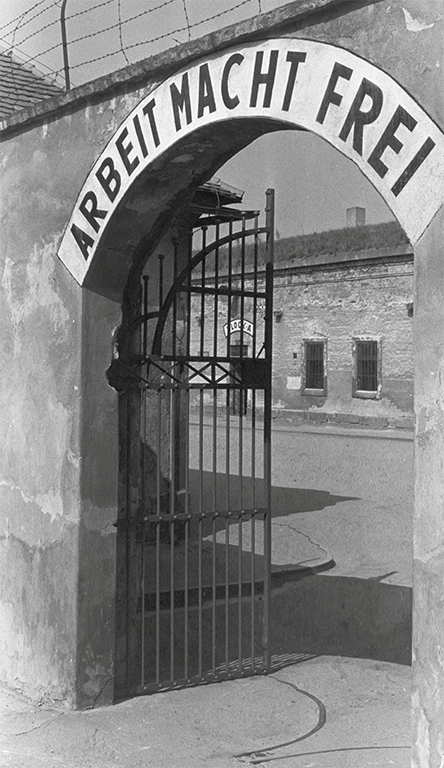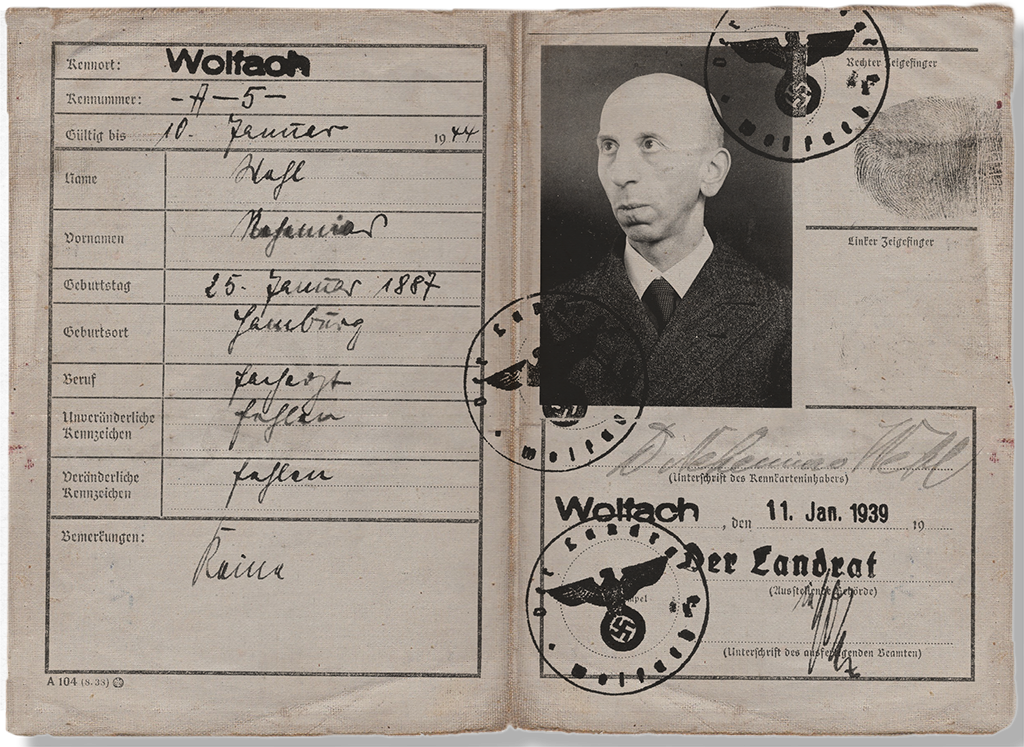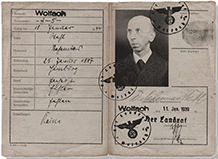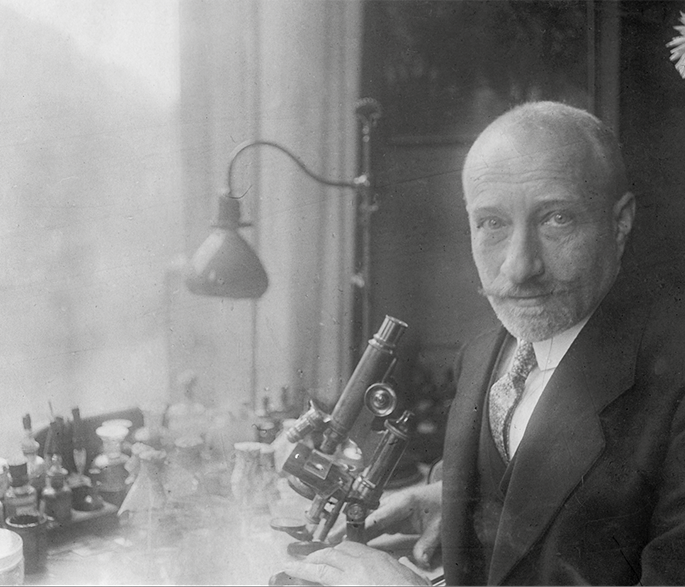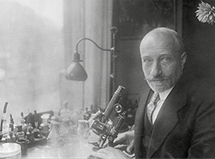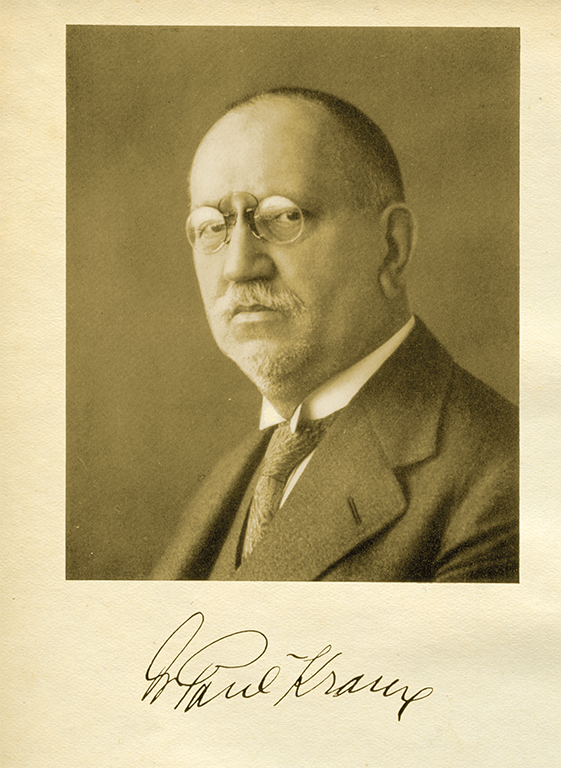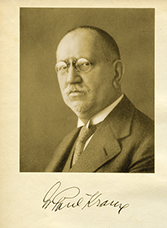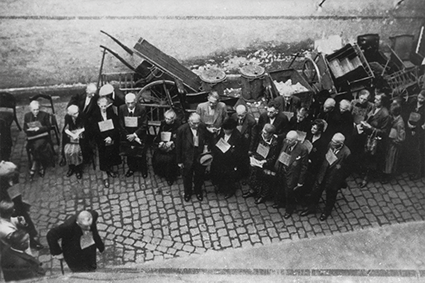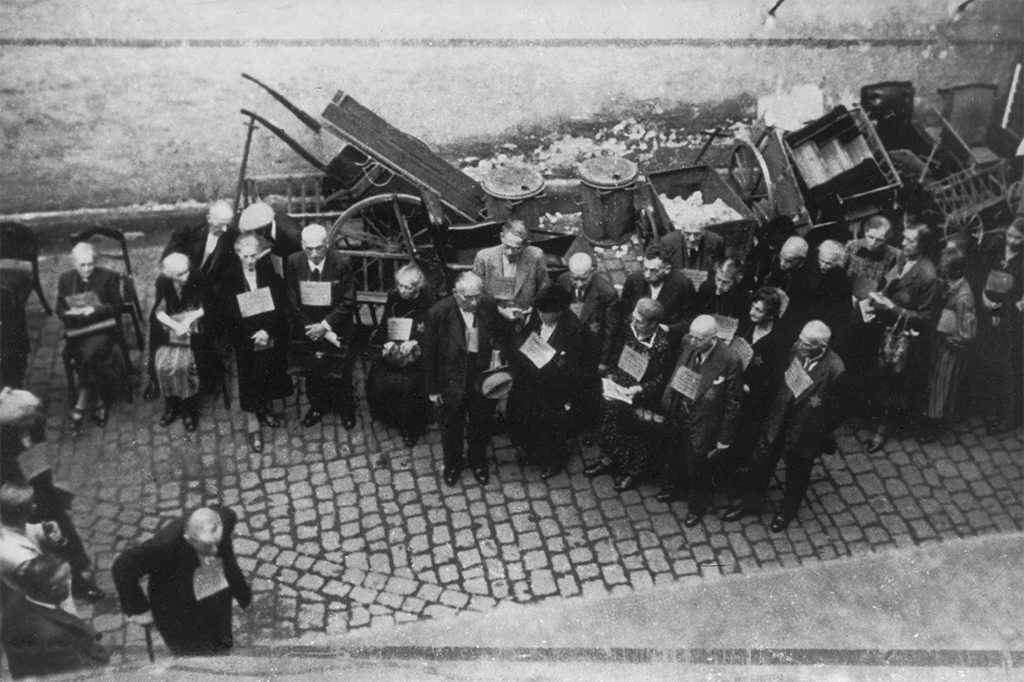
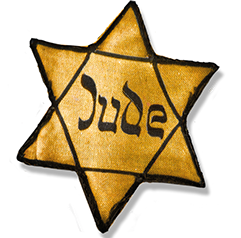
Other Lives
Among the 3,000 physicians listed in the Reich Medical Calendar as “eliminated through death and expatriation” are Prof. Dr. Paul Krause from Münster and Prof. Dr. Richard Werner from Heidelberg, two prominent radiological therapists and researchers who were both once president of the German Radiological Society. While Paul Krause committed suicide on 7 May 1934 at the age of 62, after months of harassment by National Socialist students, Richard Werner, cancer therapist from Heidelberg, emigrated to Brünn, where he had completed part of his medical education. He took over the management of the “House of Comfort,” a newly built cancer clinic that he led up to the beginning of the German occupation in March 1939. Werner died on 8 February 1945 at almost 70 years of age, just before the liberation of the Theresienstadt ghetto.
Five weeks after the license revocation act went into effect, the Reich-wide “Night of Broken Glass” pogrom took place on 9 November 1938. After synagogues were set aflame and Jewish businesses plundered all over Germany, Jewish men were arrested everywhere as alleged agitators, including the director of the tuberculosis clinic in Baden, Dr. Nehemias Wehl. He was imprisoned and abused for a week in the Dachau concentration camp, along with several other Jewish citizens. This Reich-wide campaign took place in the course of a radicalisation of anti-Jewish policy, culminating just two years later in the first deportations, first to the Gurs camp in France, and then “to the East.” A climate of fear was fomented constantly among the Jewish population, not least by further stigmatisation; the identity cards that became mandatory in 1939 were stamped or marked with a ‘J’ for Jews. Beginning in 1939, Jews were forced to adopt the forenames “Israel” or “Sara” for even faster identification at document checks; in 1941, Jews were also forced to wear the “Yellow Star.”
Dr. Wehl and his last remaining patients were deported to the Treblinka extermination camp in late September, and he was later declared dead. Of a total of 15 former radiologists who were deported into ghettoes and concentration camps, only one managed to survived the horrific conditions in the camps: Prof. Dr. med. Alfred Wolff-Eisner. Prof. Dr. Wolff-Eisner distilled his experiences as a “medic” in the Theresienstadt ghetto into a report worth reading, entitled “On malnutrition illnesses, based on observations in the Theresienstadt concentration camp” (Würzburg 1947); he provides profound insight into everyday life and death in this “old ghetto.”
Interior courtyard of the Wiesbaden synagogue, gathering place for the deportation of Jewish citizens (bpk 30009538)
“Work makes you free”: Gate to the Theresienstadt ghetto (bpk 30018872)
ID card for Nehemias Wehl, Nordrach Historical Association
Alfred Wolff-Eisner (1927)
(Ullstein-Bild, no. 00090879)
Photo: Paul Kruse with signature (from the journal, “Fortschritte auf dem Gebiet der Röntgenstrahlen” 50 (1934), p.183)
Menu
Deutsche Röntgengesellschaft e.V. © 2018
| Impressum | Datenschutz
